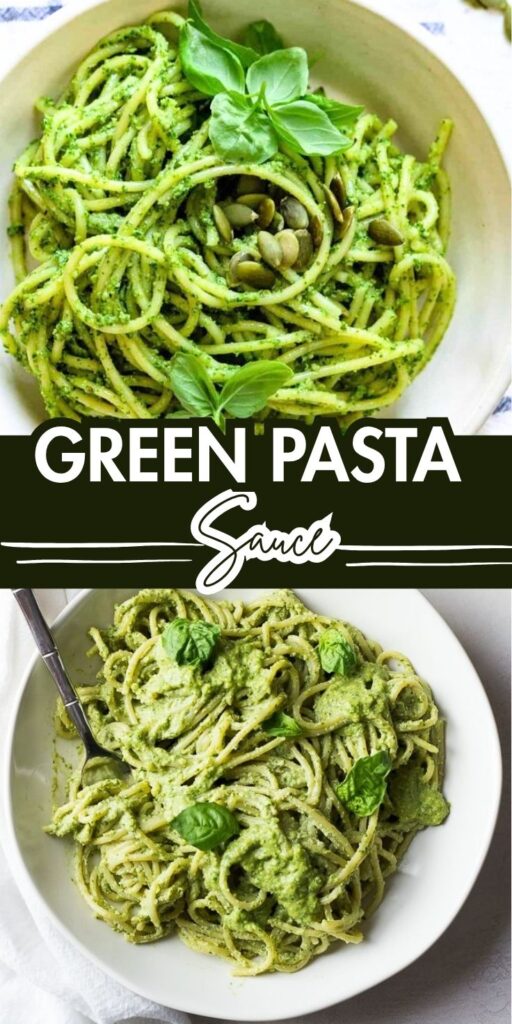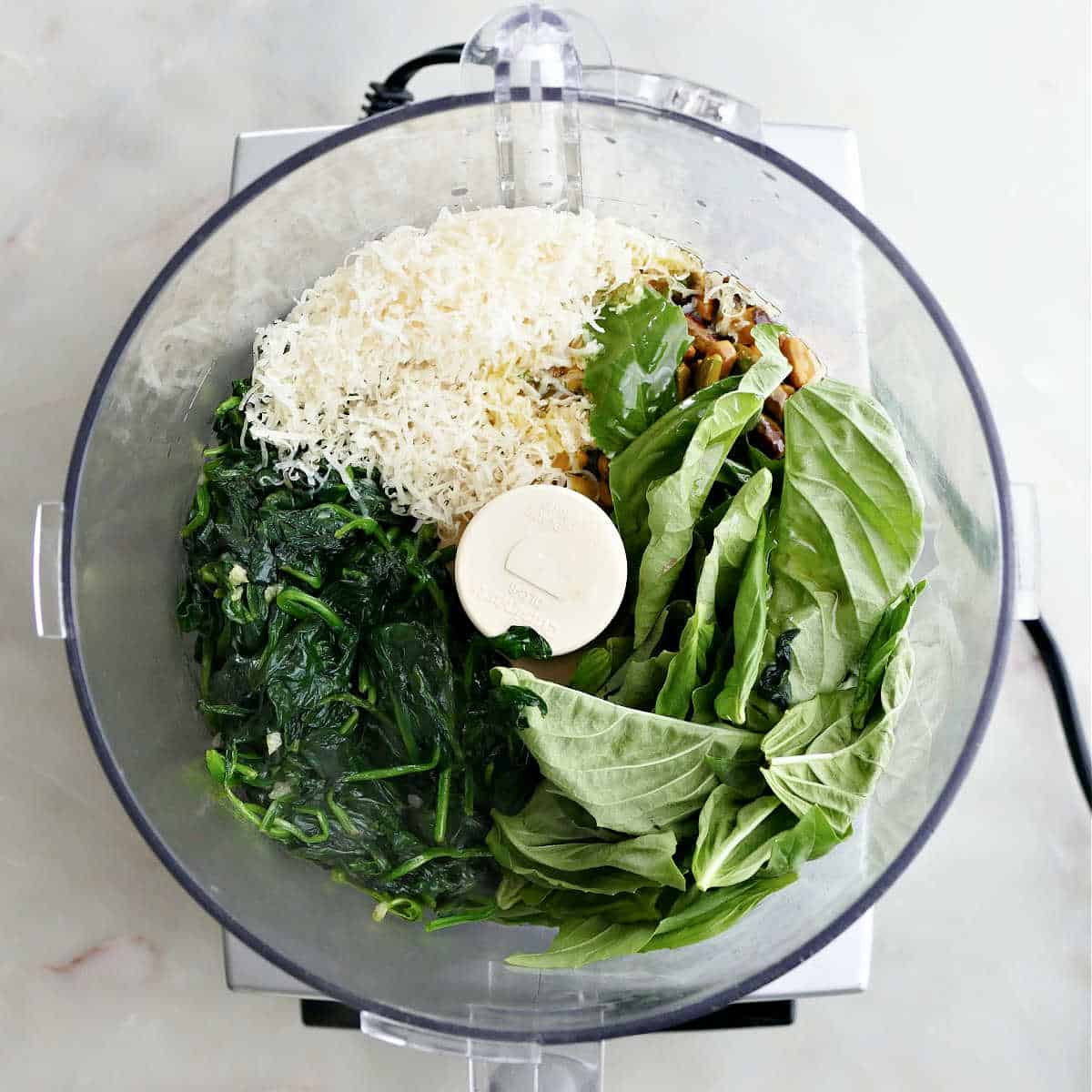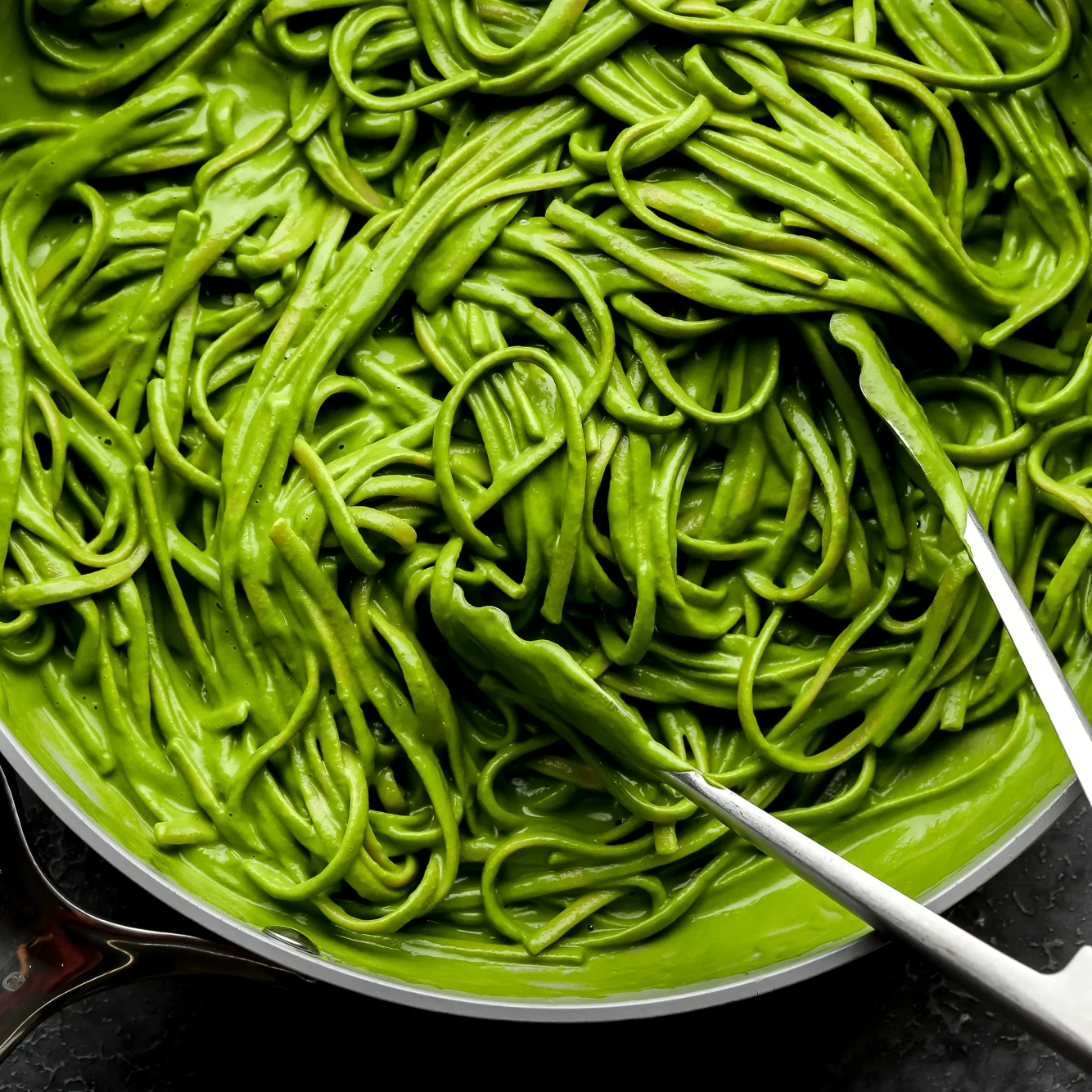Note
Green pasta sauce is a fresh, vibrant, and versatile way to elevate your pasta game. Usually made with leafy greens like spinach, basil, kale, or arugula, and often blended with garlic, cheese, olive oil, and nuts, this sauce is packed with nutrients, flavor, and color.
Whether you're going for a classic green pesto or a creamy spinach-based blend, here are some essential tips and creative ways to make and serve it beautifully.
1. Choose Your Greens Wisely
The base of your green pasta sauce can make all the difference. Consider these options:
- Spinach: Mild and creamy when blended, great for kids or anyone sensitive to strong greens.
- Kale: Earthy and slightly bitter—best when blanched briefly to soften flavor.
- Arugula: Peppery and zesty, ideal for a spicier sauce.
- Basil: Traditional for pesto; pairs well with nuts and Parmesan.
- Parsley or cilantro: Bright, fresh, and perfect for herb-forward sauces.
Tip: Mix greens for a complex flavor—try spinach + arugula or kale + basil.
2. Build Flavor with Aromatics & Add-Ins
A good green sauce needs more than just greens. Use these additions to amp it up:
- Garlic (fresh or roasted) adds depth.
- Lemon juice/zest for acidity and freshness.
- Cheese: Parmesan, pecorino, or even cream cheese for richness.
- Nuts or seeds: Pine nuts, almonds, cashews, or sunflower seeds for creaminess and structure.
- Olive oil: The base of many sauces—use good quality.
Trick: Toast the nuts before blending for a richer, nuttier flavor.
3. Make It Creamy (Optional)
Want a luscious, velvety sauce? Try these:
- Add avocado for a plant-based creamy texture.
- Blend in ricotta, cream cheese, or Greek yogurt.
- A splash of cream or milk (dairy or non-dairy) can mellow strong greens like kale.
4. Best Pasta Pairings
Green sauce works with many pasta shapes, but some pair better than others:
- Spaghetti, fettuccine, or linguine: Perfect for smooth, pesto-style sauces.
- Penne, rigatoni, or fusilli: Great for chunkier green sauces that cling to ridges.
- Stuffed pasta (ravioli, tortellini): Green sauce adds contrast and freshness.
Trick: Reserve ½ cup of pasta water before draining—it helps thin the sauce and coat the noodles better.
5. Add Texture and Protein
Green sauce is flexible—you can toss in extra ingredients for a complete meal:
- Grilled chicken, shrimp, or tofu for protein
- Chickpeas or white beans for a vegetarian boost
- Sautéed mushrooms or zucchini for earthiness
- Roasted cherry tomatoes for sweetness and color contrast
- Crispy breadcrumbs or toasted nuts on top for crunch
Trick: Toss pasta and sauce together in a hot skillet for 2 minutes before serving—it helps meld the flavors.
6. Serving Tips
- Garnish with extra Parmesan, fresh herbs, or a drizzle of olive oil.
- Serve warm over pasta, or chill it slightly for a green pasta salad.
- Use leftovers as:
- A sandwich spread
- A dip for veggies
- A pizza base in place of tomato sauce
7. Storage & Meal Prep
- Refrigerator: Store in an airtight container for up to 4–5 days.
- Freezer: Freeze in ice cube trays, then transfer to a bag for easy portioning.
- Meal prep tip: Cook pasta and green sauce ahead; reheat gently with a splash of water or cream.
Servings and Scaling
- One standard batch of green sauce (using 2–3 cups greens, ¼ cup oil, 1–2 tbsp nuts, etc.) serves about 4 people.
- Easily double or triple the recipe for larger gatherings or batch cooking.
Serving Suggestions
Serve immediately while warm. Garnish with:
- Extra grated Parmesan
- Chopped fresh basil or parsley
- Cracked black pepper
- A drizzle of olive oil
- Lemon zest
Pair it with:
- Grilled chicken, salmon, or shrimp for added protein
- Roasted cherry tomatoes or sautéed mushrooms
- A crisp green salad and warm bread
Recipe Tips
- Greens: Feel free to mix and match. Try kale, arugula, Swiss chard, or even broccoli greens.
- Herbs: Basil gives it a strong aromatic profile, but parsley or cilantro can be used for variation.
- Nuts: If you're out of pine nuts, substitute with walnuts, almonds, or sunflower seeds.
- Make it spicy: Add a pinch of chili flakes or a dash of hot sauce to balance the richness.
- Make it vegan: Use nutritional yeast instead of Parmesan and skip any dairy-based add-ins.
- Creamier version: Blend in ¼ cup heavy cream or full-fat coconut milk.
Storage
- Refrigerator: Store leftover sauce in an airtight container for up to 3 days.
- Freezer: The sauce freezes well (without dairy). Store in a zip-top bag or freezer-safe container for up to 2 months. Thaw overnight in the fridge before reheating.
- Reheat gently with a splash of pasta water or milk.
Variations
- Green Pesto Pasta: Skip the pasta water and make it thicker for a pesto-like texture.
- Green Alfredo: Add heavy cream and butter to the sauce while blending for a luxurious, rich version.
- Vegan Protein Boost: Add 1–2 tablespoons of hemp seeds or blended silken tofu for extra protein.
- Kids’ Version: Blend until super smooth and mix with macaroni for a green mac and cheese!
Best Season to Serve
- Spring & Summer: Perfect for warm-weather meals when herbs and greens are at their peak.
- Fall: Works well with roasted squash or sweet potatoes for a comforting twist.
- Year-round: Especially great for Meatless Mondays or quick weeknight dinners.
Final Thoughts
Green pasta sauce is vibrant, flavorful, and endlessly customizable. It’s a great way to eat more greens, reduce food waste (hello, leftover herbs and spinach!), and bring a fresh, gardeny vibe to your meals.
Green pasta sauce is more than just a pretty color—it's a nutrient-dense, delicious, and endlessly adaptable sauce you can make your own. Try experimenting with what’s in your fridge or garden, and enjoy pasta that’s as vibrant as it is flavorful!
Whether you serve it with spaghetti for a light summer dinner or bake it into a pasta casserole, this green sauce will quickly become a go-to in your kitchen.






